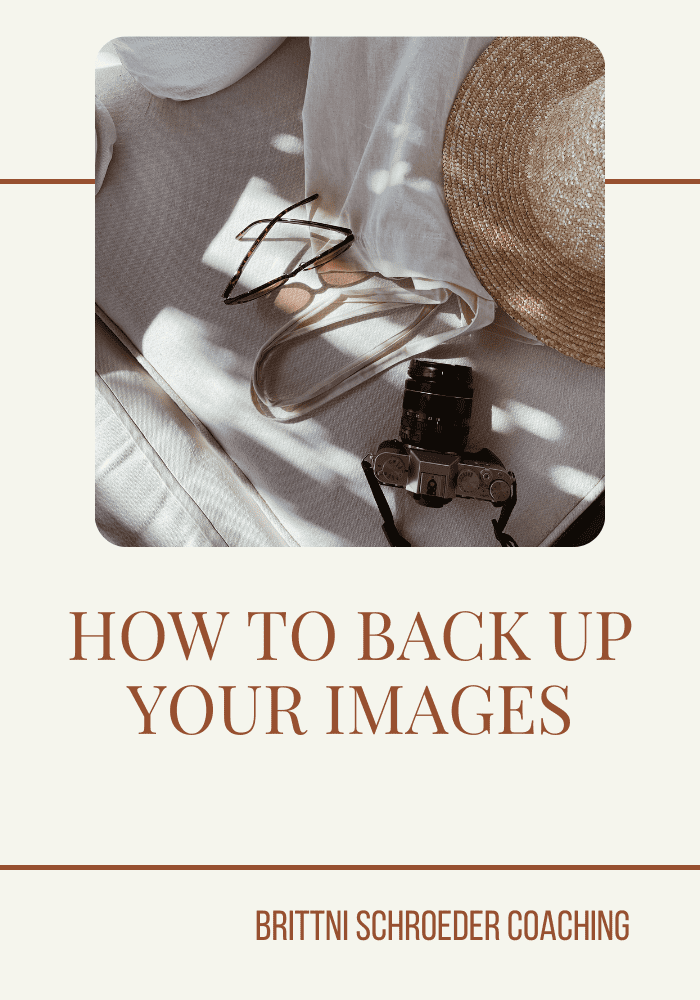brittni schroeder
BLOG
Brittni Schroeder Coaching
FINDING IDEAL CLIENTS
Businesses begin with a great idea or an innovative product. Although we believe in our service and/or products, the key to success is determined by effective marketing. In order to create a strong marketing strategy, you must know exactly who you are marketing to. You have to learn and understand the importance of finding ideal clients.
When choosing your target audience, the smaller your market the more success you will find. It seems counterintuitive, but it is true. If you try to appeal to everyone, you end up appealing to no one. There are so many services and products in the world. People are bombarded with choices. When presented with too many options, people get stuck. They don’t know what to pick, so they pick nothing. I call this paralysis by analysis.
By narrowing your audience and appealing to a niche, you become a SOMETHING or SOMEONE that people want to choose. You are different from all the others. You are the expert.
As you narrow your target audience, remember that your service and/or product won’t appeal to everyone. Don’t let this stop you. You don’t want to appeal to everyone. You want to find people who have specific interests or unique needs.
It’s a fallacy to think that by doing this, you’ll stunt your growth and have only a small number of clients—that there aren’t that many people interested in what you are offering. Remember that the power of your service or product is not in the quantity, but in the quality and the value or experience, you offer.
When customers experience your service or product, their experience will be unique and different. You will then start to create a sense of community with your customers. They will spread the word to others with similar interests. This kind of business can’t be found in a big company. It’s something only individuals can provide. It is the kind of experience so many are seeking today.
When you are trying to identify your ideal client, look for someone who not only wants your product or service but someone who values its worth and is willing to invest.
As you work towards understanding and identifying your ideal client I want you to think of the 3 Ps:
PLACES
Where is your target client hanging out? Where do they spend their time? Do they spend their time at the dance studio or are they at the gym? Are they a part of Facebook groups or book clubs? Are they volunteering at their kid’s school or traveling to a third world country? By understanding where they go and the things they do, you will begin to better understand your clients.
PEOPLE
Who are your clients spending time with? Who are their influencers and friends? What podcasts do they listen to? Whose blogs do they read? Do they follow fashion bloggers or fitness accounts? Learning who they surround themselves with will give you an insight into their wants and needs.
PRODUCTS
What kinds of products and services do they buy? Are they into makeup or workout clothes? Do they drive a minivan or a BMW? Are they purchasing camera gear or software programs? The more you know about your ideal client the more value you will be able to offer.
In order to understand who your ideal client is, you have learned all there is to know about them. Try creating an ideal client avatar. This made up avatar will represent your ideal client. Give your avatar a name, hair and eye color and age. Do they go to school? What car do they drive? Where do they eat? Where do they shop? You need to know anything and everything about them.
After you have created your avatar, everything you do and say within your business relates to or benefits them. Your social media posts, the events you attend, the promotions you offer are all intended to benefit or help your avatar. The more you understand about who you are marketing to, the more successful you will be when it comes to selling and promoting your offerings. Once you know who you are marketing to, you will understand the process of finding your ideal client.

